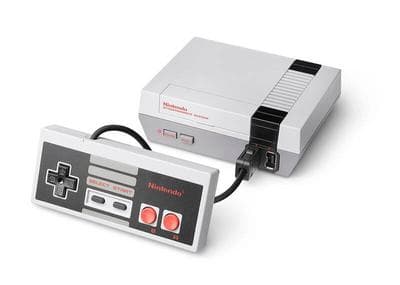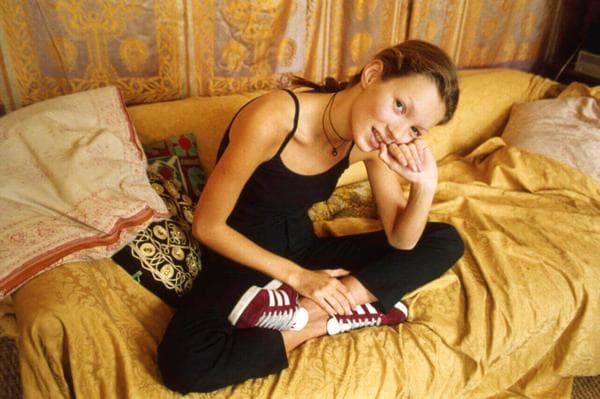Nostalgia Marketing
To Millennials and Beyond!
I know, I know, I’m talking about Millennials again. You’re tired of hearing about it. But bear with me, there’s a lot to learn here. Because in addition to all our avocado toast–eating, selfie-taking, and job-jumping (eyeroll), we’re also leading the way on something that speaks to the human condition and can stimulate the economy (take that, Boomers).
Millennials, as a group, are nostalgic. We had good childhoods. We were blissfully unaware of the future ruin of our economy, we didn’t know what terrorism was, the ice caps were still here, and we drank soda without fear of consequence. It was a simpler time. And that feeling of nostalgia is powerful. It can alter our purchase behaviors, impact what we choose to watch, and even influence where we live.
So What Is Nostalgia?
Officially, nostalgia is defined as “pleasure and sadness that is caused by remembering something from the past and wishing you could experience it again.” But unofficially, nostalgia means a lot more. It’s beautiful, complex, and difficult to put into words because it is visceral. You feel it in your gut. It exists as a concept around the world, and it isn’t relegated to people born between 1982 and 1996. If you’re like me and have ever sat on a porch talking with your grandparents, you know that nostalgia is something we all feel. So while Millennials get the credit for feeling nostalgic, other generations are jumping on board as well.
Nostalgia in Television
A great example of this is the show Stranger Things, which was wildly successful last year. The show slathered on ’80s makeup, pulled out the White Rain hair spray, and let kids ride their bikes outside again. It made people feel something. Suddenly binge viewers remembered the happiness of childhood and longed for the times when we watched The Goonies, E.T., and Stranger Things made a whole lot of money asking us to think back to this era.

I didn’t watch ET or The Goonies as a kid. I didn’t even have a television. So when I watched the first episode of the show, I discovered something interesting. I’m probably going to upset some people with this next statement, but here we go. Stranger Things really wasn’t very good. It was boring, impossible to believe, and really long. (Sorry, Winona. I still love you.) What made the show powerful was how it appealed to nostalgia. Without that feeling, the show just wasn’t interesting, which makes its success even more meaningful.
Nostalgia Marketing Done Right
Nintendo
Nintendo is killing the nostalgia game. Last year they released a “new” version of their “old” technology and it sold out of all 2.3 million units in only 5 months. While it was obviously designed for the original users, Nintendo was more clever than that. In a press release, their COO said, “We wanted to give fans of all ages the opportunity to revisit Nintendo’s original system and rediscover why they fell in love with Nintendo in the first place. The Nintendo Entertainment System: NES Classic Edition is ideal for anyone who remembers playing the NES, or who wants to pass on those nostalgic memories to the next generation of gamers.” Yes. Yes. Yes. Nostalgia for some, discovery for others. Nintendo for all (or at least those that could get their hands on one).

Soda Companies
Crystal Pepsi and Surge have taken over corners of the internet recently, earning the (somewhat disliked) beverage companies some much-needed goodwill. While soda companies acknowledge losing market share as people learn the health risks associated with drinking soft drinks, they’re pulling out the big guns and reaching straight into consumers hearts, encouraging them to feel nostalgia. Crystal Pepsi even harkened back to the early days of the internet with their marketing for the campaign, showing pixelated images that looked like the computer game Oregon Trail. Surge mixed the old cans with new methods of selling, only making it available on Amazon.

Adidas
You’ve probably seen them on swarms of sorority girls recently, but you first saw them on Kate Moss in 1993. Gazelle trainers were relaunched in 2014, and they’ve been going strong since then. They were relaunched using the same image of Kate Moss as 1993, but with a fresh video that added modern collage touches to the image. And while the relaunch was intended for ’80s and ’90s kids, the modernity of the campaign assisted in it spreading to be popular among 2000s kids and younger. Thank you, internet virality. I guess they really were “iconic.”

What Does All This Mean?
Marketing, at the end of the day, needs to touch people in order to inspire them. Right now, what is inspiring Millennials is a taste of the past mixed with modern touches. So excuse me while I kick back in my Gazelles to play Super Mario Brothers and crack open a Surge to dream of times gone by. I bought them all on Amazon.